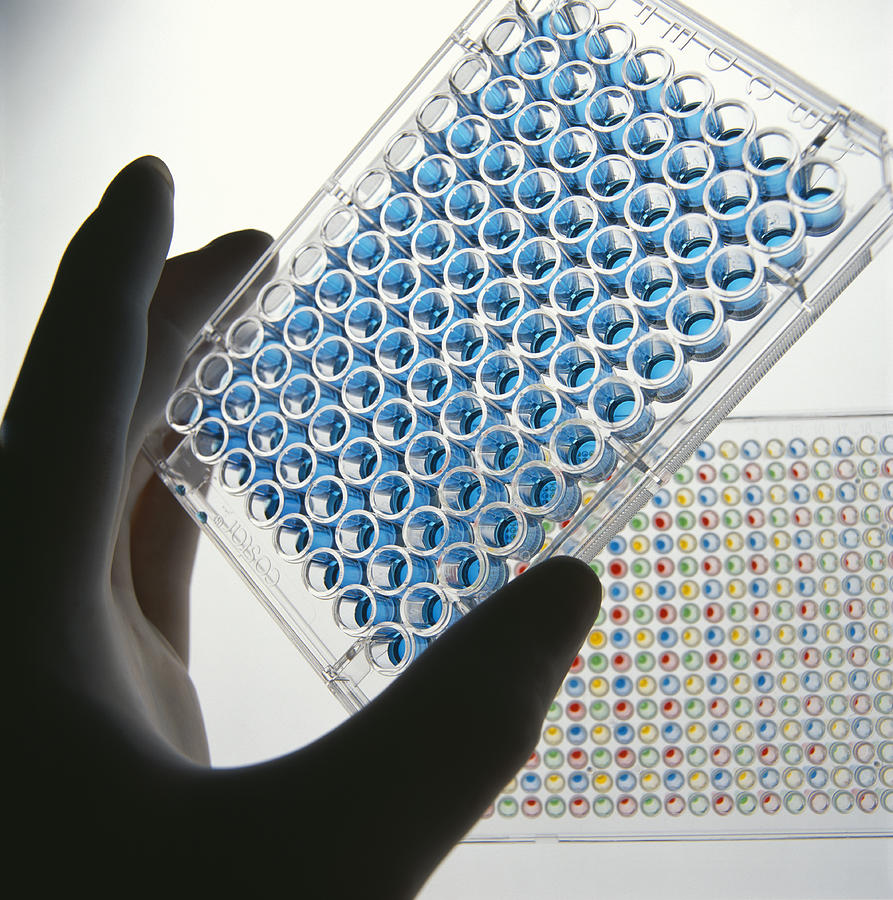The ELISA test is a very famous yet standard test performed or advised by doctors to be taken to find out if one commonly has AIDS. However, the test can be conducted to see if your blood contains antibodies to the viruses like HIV, pernicious anemia, rotavirus, squamous cell carcinoma, toxoplasmosis, zika virus, varicella-zoster virus, etc. ELISA is more like a screening test before more tests are ordered.
The different types of Elisa
There are four different Elisa types for conducting the test: Direct ELISA, Indirect ELISA, Sandwich ELISA and Competitive ELISA. Each different method can be used to find various viruses and their degree of concentration in the blood. The bound label amount is proportional to the labeled antigen strength. This directly implies that the more the label detection is, the less patient antigen there is. Increased antigen results in reduced binding of the antigen-enzyme conjugate with the antibody producing low-quality enzyme activity and formation of color.
- Direct ELISA – Direct ELISA involves attachment of the antigen to the pre-coated plate followed by an enzyme-labelled antibody. Direct ELISA method is much quicker as compared to any other techniques of ELISA as minimum number of steps is required. The assay is quite less vulnerable to mistakes since minimum steps and reagents are required.
- Indirect ELISA– Indirect ELISA also involves attachment of the antigen to the pre-coated plate, but in this case, the main antibody is not labeled. An enzyme-conjugated secondary antibody, drawn towards the first antibody, is then added. This method is used mostly to detect particular antibodies in serum.
- Sandwich ELISA – Sandwich ELISA involves attachment of an antibody captured to the pre-coated plate. Samples having known or unknown antigens are then added to a mix or buffer that will subside binding to the solid phase. An enzyme-labelled antibody is then added for testing.
- Competitive ELISA – Competitive ELISA is a competitive binding process performed by the original antigen (sample) and add-in antigen. In this process, the higher the initial antigen concentration, the weaker the final signal will be. The prime benefit of competitive ELISA is that it can use impure samples as well as selectively bind any antigen that could be present.
Although it is not important to know the types of ELISAs in detail, one must be aware of the importance of the test itself. Doctors recommend taking up the test to find if your blood contains infectious viruses or not. So, stay on the safer side and go with your doctor in this case!

